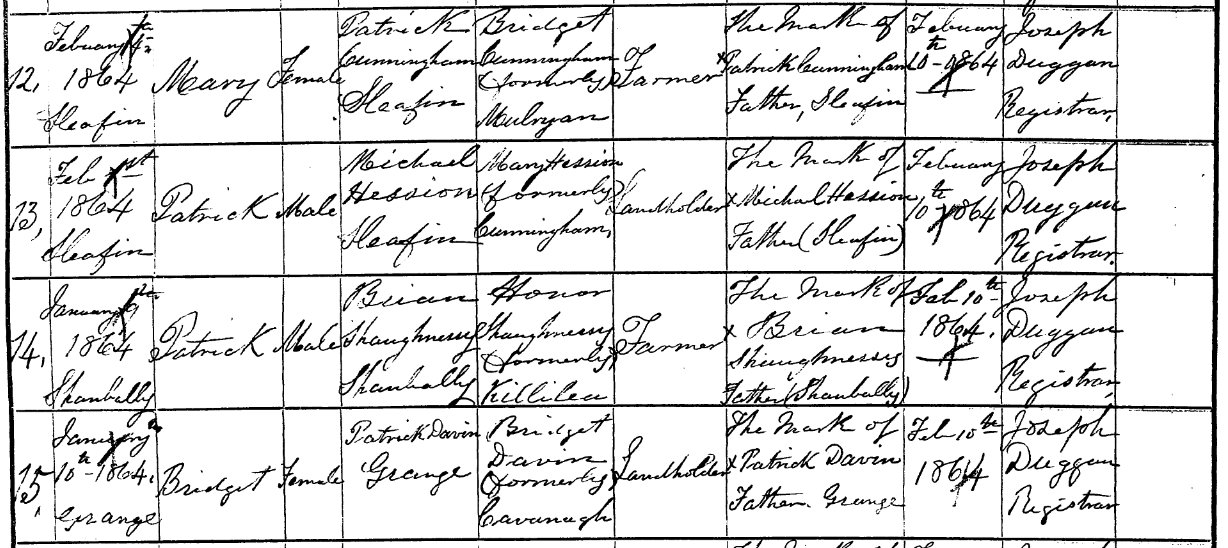By Johnny Burke
Having recently completed a B.A. in History and English, I would like to outline my experiences in researching and writing an academic history essay. The degree course, completed online, consisted of six modules in both disciplines and was ideal for part-time study. The sixth history module was titled ‘Researching Local History: People, Place and Time’. I was required to write an extended essay (10,000 words) on a topic of local history of my own choosing. The topics of interest to me were The Great Hunger of 1845-50 in Galway and the Land Wars in Galway during the 1870s and 1880s, but both of these had recently been covered by local historians. It was during a conversation with Br. Conal that he proposed the idea of writing about the Tuam Sugar Factory that I decided this was worth doing, especially since little had been written on it. I chose the title ‘Tuam Sugar Factory: Its impact on the town and farming communities of North Galway 1933-1960’.
The main guidelines for writing a local history project include focusing on a community in a defined area during a particular period of time. Thus I focused on the townspeople of Tuam and the farming community of North Galway from 1933-60. The purpose of the project was to teach the student how to research a history topic. This means finding reliable sources of information and putting them together to tell a story. History writing requires that the writer provides these sources in the form of citations at the end of each page. At the end of the whole piece, each source is compiled alphabetically by author’s surname in a bibliography, which provides the reader with the opportunity to check the sources for authenticity.
The main sources for the project came from local newspapers – the Tuam Herald and the Connacht Tribune. The historian must be wary of any bias in a newspaper article and must take from the article only what can be read as authentic information. For example, a report on a meeting between the Irish Sugar Company and the Beet Growers’ Association in the 1940s can provide information on prices, those who attended the meeting, and whether or not the beet factory should remain open. The Journal of the Old Tuam Society, a yearly publication, also provided some important information in a number of areas – for instance, the way Tuam was chosen as a beet factory site and how the community came together to get farmers to grow beet. Another article, written by Michael Cooley about his time at the factory in the 1950s, shows the significance of the factory as an educator. Cooley, who began as an apprentice, eventually became a professor of engineering and gained international acclaim as an aerospace consultant.
I hope my work illustrates the importance of the Tuam Sugar Factory to the people and economy of North Galway from 1933-60 (the factory eventually closed in 1986). I also hope to provide copies to the Corrandulla and Tuam Libraries in the near future.
This article first appeared in our Summer 2018 Newsletter.


